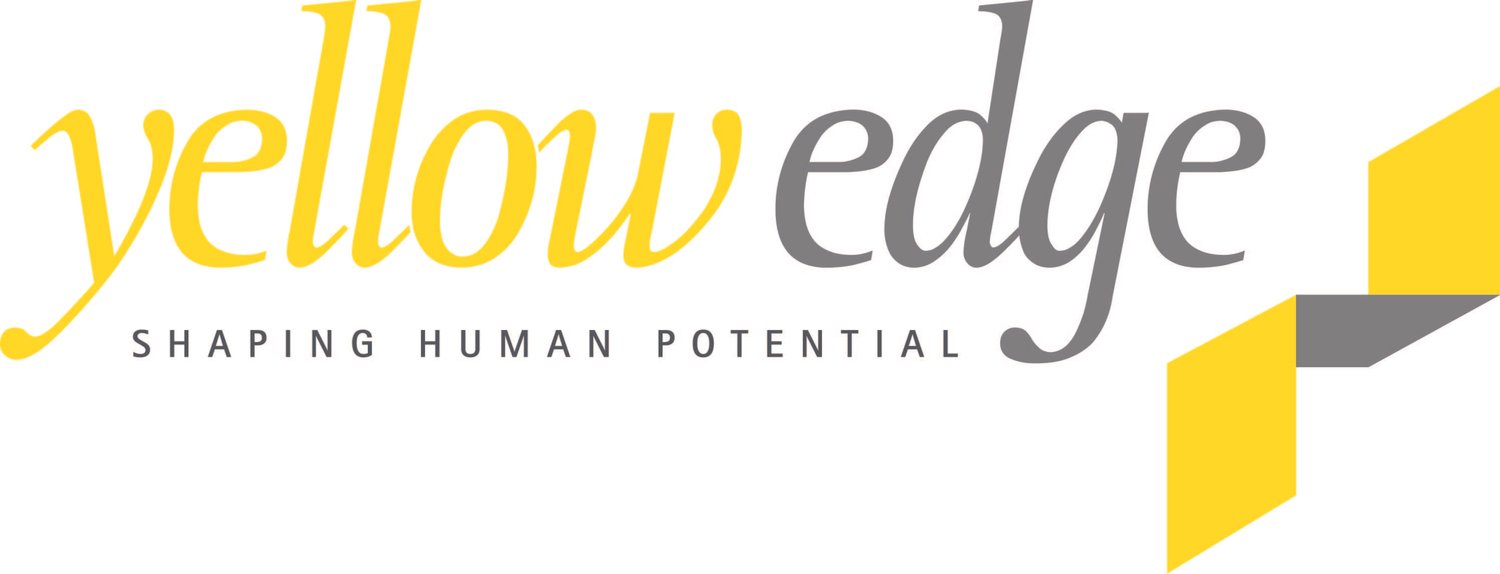34. Collaboration and the Urgent Opportunity for Leadership
by Andrew Simon
Collaboration is more than mere working together, more than supply chain or purchaser-provider relationships, much more than interdepartmental committees, taskforces, legally framed partnerships orstakeholder management techniques.
All these modes of relational organisation and activities entail a degree of collaboration of course, but these tend to be uninspiring in concept, patchy in overall effectiveness and constrained in offering real and lasting value. They are also inherently transactional in nature. These modes and their associated activities are commonly viewed as acts of collaboration, butthey are really more concerned with exchange, transaction and competition of some sort.
These old models of organising relationships especially by organisations with crystallised silos, competing positions, defensive subcultures and tired, unimaginative leadership must be shifted aside for more transformative forms of relating, leading and getting things done.
Transformative collaboration is about engaging with the right people to create new ideas, new possibilities, new solutions, new relationships, new ways of seeing and thinking in a fashion that results in the creation of, as Harvard Professor Michael Porter puts it, “shared value”.
Transformative collaboration is inherently an act of transformative leadership, for it entails and requires a deep humility in recognising that one does not necessarily have the answers, and that real and workable answers are found in collective imagination and collective will; an ability to convene the right people and to inspire them with a shared sense of purpose, perseverance and ownership; and an abiding faith in people to be able to lift themselves out from their defensive, baser self interest instincts into their better selves.
Transformative collaboration is also enabled by new processes and systems which treat risk realistically but imaginatively. Our severe fear of the unknown locks us into severe risk aversion or as Henry Kissinger put it more than 40 years ago, our need for “certainty is purchased at the cost of creativity”. This appetite for certainty means that many of our decision making and collaborative processes are designed or become by default, to be activities that avoid, rather than manage risk. The managing of risk is actually inherently concerned with finding and designing solutions and is hence a creative activity that can potentially result in innovation.
Risk avoidance however, and ironically, reflects faith in the unknown. It is a form of fantasy, relying on inactivity in the hope that issues will all go away or not be noticed. Yet risk avoidance thinking and behaviour is prevalent and all too often, disables our attempts at collaboration, innovation and solving complex problems. Risk avoidance locks many leaders into uninspiring, demoralising and cowardly forms of behaviour.
Transformative forms of collaboration which treat risks realistically, as opportunities to learn, to innovate, solve and create is facilitated by new ways of dialog, conversation and discussion. We must move beyond delusional, spin doctored, positional, binary “debates” that are common form in the Australian context to real conversations that enable a deep exploration of issues, the identification and articulation of shared purpose and the use of empowering solution design processes that help us tap into the latent knowledge, lived experience and limitless imagination of people who are committed to finding and implementing new ways of moving forward.
This requires leaders to create space and time for such exploration, discovery, sense making, dialog, conversation and solution creation to occur. Leaders must find ways to help themselves and their busy, overwhelmed and tired people to jettison unimportant and irrelevant tasks, to re-order priorities and to bust myths, bad habits and unconstructive learned behaviours acquired over time, if they and the people they lead are to be freed up to engage in transformative collaboration.
While transformative collaboration can result in game changing concepts, genuinely useful products and life enhancing services which shift our world positively in small and large ways, being involved in a genuinely collaborative endeavour is also in itself a transformative experience for the people involved. For it provides a glimmer of what can really be achieved when good leaders bring good people together using good processes and tools to do what is truly important.
Andrew is Chief Executive of Yellow Edge a company focused on inspiring individuals, teams and organisations to greater levels of performance.


